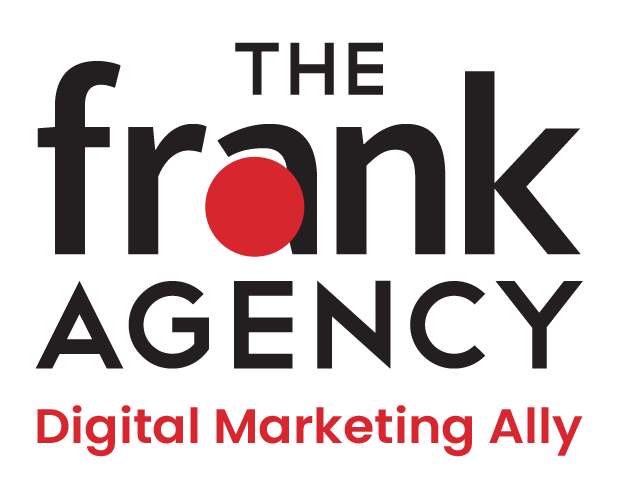Understanding the Target Audience:
The target audience refers to the specific group of people or demographic that your product, service, or message aims to reach and engage. It involves defining the characteristics, preferences, and behaviors of the individuals who are most likely to be interested in what you offer.
Importance of Identifying Your Target Audience:
Identifying and understanding your target audience brings several benefits:
- Focused Marketing Efforts: By knowing your target audience, you can direct your marketing efforts towards those most likely to convert into customers. This reduces wasted resources and increases the efficiency of your campaigns.
- Tailored Messaging: Understanding your target audience enables you to craft tailored messages that resonate with their needs, desires, and pain points. This personalized approach enhances the effectiveness of your communication and establishes a deeper connection with your audience.
- Improved Product Development: Knowing your target audience allows you to gather insights into their preferences and expectations. This information can guide product development, ensuring that your offerings align with their needs and preferences.
- Enhanced Customer Experience: A deep understanding of your target audience enables you to provide a better customer experience. By anticipating their needs, addressing concerns, and delivering personalized solutions, you build stronger relationships and foster customer loyalty.
- Competitive Advantage: When you clearly define your target audience, you gain a competitive edge by focusing on a specific niche. This specialization allows you to differentiate yourself from competitors and position your brand as the go-to solution for your target audience’s needs.
Identifying Your Target Audience:
To effectively identify your target audience, consider the following steps:
- Market Research: Conduct thorough market research to gather information about your industry, competitors, and potential customer base. Analyze demographics, psychographics, and purchasing behaviors to gain insights into your target audience.
- Customer Surveys: Engage with existing customers or conduct surveys to gather data on their preferences, motivations, and pain points. This direct feedback provides valuable insights into your target audience’s needs and expectations.
- Analytics and Data Analysis: Utilize website analytics, social media insights, and other data sources to understand your audience’s online behavior, engagement patterns, and demographic information.
- Buyer Personas: Develop detailed buyer personas that represent your ideal customers. Include aspects such as demographics, interests, challenges, goals, and behaviors. These personas help align marketing efforts and tailor messaging effectively.
- Continuous Refinement: Regularly review and refine your understanding of your target audience. Consumer preferences and markets evolve, so stay engaged with your audience to adapt your strategies accordingly.
Crafting Strategies for Success:
Once you have a clear understanding of your target audience, implement strategies to engage and resonate with them:
- Tailored Content: Create content that addresses your target audience’s needs, pain points, and aspirations. Use language, visuals, and storytelling techniques that appeal to their interests and emotions.
- Targeted Marketing Channels: Determine the most effective marketing channels to reach your target audience. Whether it’s social media platforms, search engines, or traditional advertising, focus your efforts where your audience is most likely to be present.
- Personalized Offers: Customize your offerings and promotions to cater to specific segments within your target audience. By providing personalized value propositions, you increase the likelihood of conversion and foster a sense of exclusivity.
- Engagement and Feedback: Actively engage with your target audience through social media, online communities, or surveys. Encourage feedback and use it to refine your strategies and improve the customer experience.
- Monitor and Adapt: Continuously monitor the response of your target audience to your marketing efforts. Analyze data, evaluate campaign performance, and adapt your strategies accordingly to ensure ongoing success.


